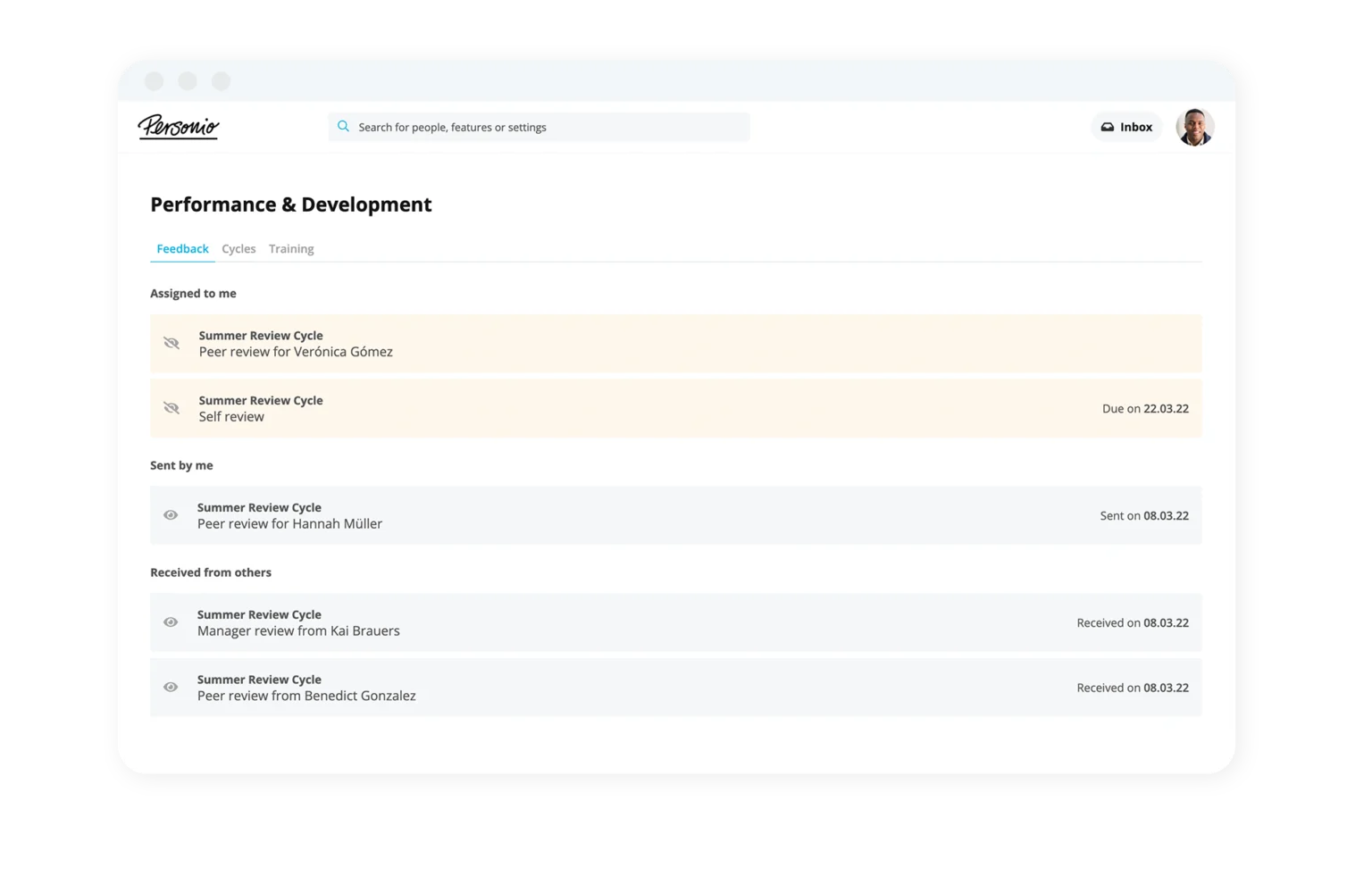Coaching Styles in Organisations: Everything You Need To Know

In this article, we provide a comprehensive overview of the various coaching styles you might see within your organisation. Below, we’ll show you the differences between each style and how each one might affect your employees.
Key Facts
Coaching leadership can be further broken down into particular coaching styles which each help develop employees in slightly different ways.
While coaching can help make employees more effective workers, it can take a long time to see results.
Finding the coaching that works best for you means finding out how your team members best learn new information.
What Are Coaching Styles?
A coaching style of leadership is a method designed to inspire employees and train them on how to better manage challenges and succeed in their role. Coaching is mainly used to help high-potential employees improve, to further bolster overall organisational effectiveness.
Generally, every leader using a coaching style will follow a certain teaching method. Each method has its own unique strengths and weaknesses. Every coaching style is formally recognised as an official coaching method. Still, others may invent styles all their own.
The 6 Best Coaching Styles
Below are the six officially recognised coaching styles that many leaders use within the workplace…
1. Democratic Coaching
Democratic coaching allows workers to decide on how and what they want to learn, giving them more freedom to control how the team pursues goals. As a manager, you remain a central part of the coaching process but only step in to keep the learning process going. Your team can increase its ability to collaborate while fostering independent decision-making.
In practice, democratic coaching is when the team steers the ship with the leadership in the background, ready to adjust course if necessary.
2. Holistic Coaching
Holistic coaching is one of the most popular coaching styles because it takes an employee’s whole life into account. Leaders who follow this teaching method believe that each worker is a sum of their parts, and each of those parts has to be in balance to achieve best results in the workplace. Helping employees understand their own components can also highlight how they contribute to the team and how they matter to achieving overall goals.
A holistic coach won’t just recommend ways to improve work performance; they’ll identify other methods to mitigate obstacles the team faces. For example, they’ll seek out relaxation techniques for team members dealing with stress.
3. Autocratic Coaching
Autocratic coaching is a heavier-handed teaching method where the leader controls the team’s direction. The employees themselves don’t get a say in any decisions made. This style of leadership is more likely to have a negative impact on team cohesion and communication, but it’s not without its uses. Taking control can be the difference between a business succeeding or failing if it’s in the hands of someone competent.
Still, it is better to use an autocratic approach sparingly to avoid reducing the overall performance of your team. Many leaders who use this style tend to take over after a project has experienced a major setback, for example.
4. Laissez-Faire Coaching
Laissez-faire style coaching is a hands-off approach to coaching, similar to democratic coaching, but to a greater degree. Rather than staying in the background to course-correct the team’s plans, here the leader gives them ultimate decision-making authority. The manager typically assumes an advice-giving role; even then, it’s up to the employee to seek it out.
The “zero leadership” approach is good for helping workers develop autonomy and self-confidence in their decision-making. However, it does have the chance to fail if the group isn’t independent enough to govern itself.
5. Mindful Coaching
A mindful coaching approach to leadership focuses on developing the team’s self-awareness, so they can recognise internal issues holding them back. Introspection allows employees to pinpoint unproductive patterns of behaviours or challenges the organisation faces. The team leader’s role in this process isn’t to solve those problems personally but to help their team learn techniques that help them overcome these obstacles independently.
Generally, using mindful coaching techniques can lead to a less stressed team that’s more prepared to tackle the challenges of their day-to-day work life.
6. Vision Coaching
The vision coaching style focuses on directing the development of a team by giving them concrete goals. Using this teaching method, the relationship between employees and leadership becomes more of a partnership. Like a personal trainer, the leader builds a healthy dialogue with the team by offering constructive feedback and encouraging reflection to help the team grow.
Using vision coaching is often a temporary measure to provide quicker and higher-quality results in a fast-paced work environment. It helps develop the team’s plan for certain projects so they don’t get stuck on difficult assignments.
Pros & Cons of Coaching
There are several benefits to coaching in the workplace, but it can also come with its share of difficulties. The table below helps illustrate what your team will get from each coaching leadership style listed here.
Pros of Coaching | Cons of Coaching |
|---|---|
A good coaching leader can create positive work environments where employees can thrive. This supportive environment can make employees feel more engaged with their work. | The results of coaching aren’t instant. While there are many benefits to the leadership style, seeing a change requires time and patience, which might be unsuitable for a faster-paced company. |
Coaching leaders strive to recognise the strength and weaknesses within their teams and build a development plan around them. Their support can help an employee’s skills grow and drastically increase their performance within the workplace. | Coaching can help employees grow, but it’s a process that requires full cooperation between the team and the leader. If the two parties are out of sync, neither will see results from the process. |
Typically, most coaches will set employee expectations as soon as possible to mitigate misunderstandings down the line. Getting the team on the same page helps ensure better collaboration and communication between team members. | Coaching comes with some difficulties because it requires the seamless use of several different skills for maximum effectiveness. Lacking the ability to communicate, build relationships, offer good feedback or be confident in your judgement, attempts to coach can fall flat. |
How To Choose Your Coaching Style
Typically, your personality and leadership preferences naturally draw you towards a coaching style. But sticking with the method you pick first might leave you at a disadvantage in some situations. So, here are a few tips on picking a style that suits you and your team:
Determine Your Team’s Learning Style. Everyone learns differently. Determining how your team best processes information can point you towards the best coaching style for them.
Use a Style That Fits Company Values. Your team may have a certain expectation of how they’ll be treated within the company because of the values you champion. Picking a coaching style that directly aligns with the organisation’s ideals helps ensure there’s no friction between the coach and their team down the line.
Consider What Your Team Needs. You’ll likely have employees within your team that learn differently from each other. If they aren’t on the same page, knowing multiple styles will help you teach a larger group.
Take a Leadership Development Class. There are leadership classes that can give more in-depth instruction on each coaching style, letting you make a more informed decision on which to choose.
Check In Regularly.Make sure to check on your team’s progress under the coaching style you’ve chosen. If you find it’s having a negligible effect on their development, it might be time to switch to another teaching method.
Frequently Asked Questions About Coaching Styles
What Are Coaching Styles?
Coaching styles are subtypes of coaching leadership that determine how you develop your team. Different traits within an employee will grow depending on the coaching style you use.
Does Coaching Have Disadvantages?
Coaching can provide several benefits, but it comes with drawbacks that don’t make it suitable for every company. Those drawbacks include:
Taking a long time to show results
The relative difficulty of the coaching method
Requiring full cooperation between both parties
Develop Your Coaching Style With Personio
There are many more coaching styles to choose from than the ones presented above.
Picking one doesn’t just mean finding one that works for you but also for your team. Finding the most effective style can be difficult, but Personio can help make the search easier.
With its performance tracking features, you can watch the effects of your coaching in real-time and find what works best.
Book your free demo to learn how Personio can help upgrade your people operations for now and into the future.
Disclaimer
We would like to inform you that the contents of our website (including any legal contributions) are for non-binding informational purposes only and does not in any way constitute legal advice. The content of this information cannot and is not intended to replace individual and binding legal advice from e.g. a lawyer that addresses your specific situation. In this respect, all information provided is without guarantee of correctness, completeness and up-to-dateness.



